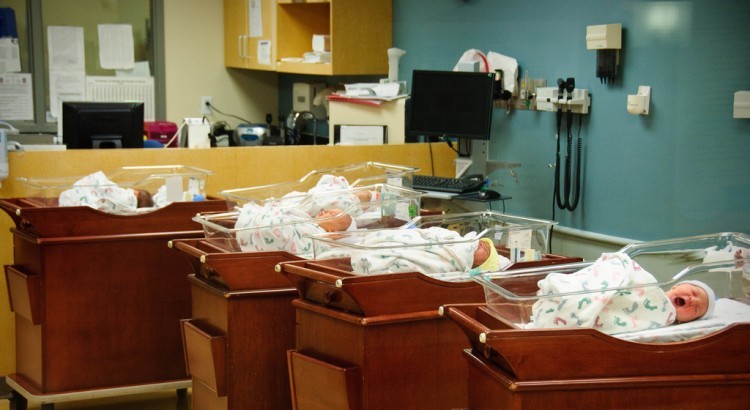The Mata family has hope and faith for their two daughters, a pair of conjoined twins born in April 2014 will be undergoing separation surgery in Houston, Texas. Knatalye Hope and Adeline Faith were born at Texas Children’s Hospital Pavilion for women. At birth, the twins weighed approximately 3 pounds, 7 ounces. Mother of the twins Elysse Matte learned the news of Hope and Faith being conjoined twins when she was 7 months pregnant. The family is optimistic and positive about the future for their children, putting that sentiment even into their names.
The birth of conjoined twins is still considered rare. About 1 in 200, 000 live births are conjoined twins. Conjoined twins are a result of a woman only producing one egg which doesn’t completely separate after the fertilization process. The result at birth is a set of twins who share internal organs as well having their skin fused together. Roughly 40 to 60 percent of all conjoined twins arrive stillborn. The survival rate is estimated at 5 to 25 percent.
Hope and Faith Mata are considered to be Omphalopagus twins. Omphalopagus twins make up about 33 percent of all conjoined twins. They are joined from the chest to the waist region of the body. In addition, Omphalpagus twins are known to share liver, diaphragm, and abdominal muscles. The majority of Omphalopagus twins do not share a heart which makes their survival of separation surgery much greater than twins who are classified as Thoracopagus or Craniopagus twins.
Thoracopagus make up an estimated 40 percent of conjoined twins. Thoracopagus twins are usually joined at the upper region of the body and it is likely that they share a heart; therefore, survival rate of both twins from separation surgery is rare. Craniopagos twins are joined at the cranium and make up just 2 percent of conjoined twins.
Lead surgeon Dr. Darrell L. Cass will be challenged with completing about 13 different medical procedures in addition to separating the twins at the pelvis, diaphragm, chest wall, lungs, liver, intestines, and pericardial sac. He will have the assistance of 30 or more surgeons and has stated that a successful outcome of the surgery is expected to be high and plans to proceed with the surgery once their skin and tissues have grown enough from their Tissue Expanders.
The Mata twins received their Tissue Expanders in Dec 2013. Tissue Expanders, implants made of a silicone casing filled with salt water as a way to stretch the skin and tissue. The FDA has not ruled the use of silicone balloons because they are filled with salt water unlike the silicone breast implants which were pulled from the market in 1988 due to health risks from the silicone leaking into the blood stream should the implant tear or rupture.In most cases, having Tissue Expanders put in is one of the least painful medical procedures around accompanied by a speedy recovery.
The Mata twins are no exception to the rule. A surgery of this magnitude carries high risk, but in this case there is Faith and Hope. The Matte family has a very positive outlook for the twins.
By Melissa Ann Coudry
Source:
USAToday
Image courtesy of Dave Herholz – Flickr License

